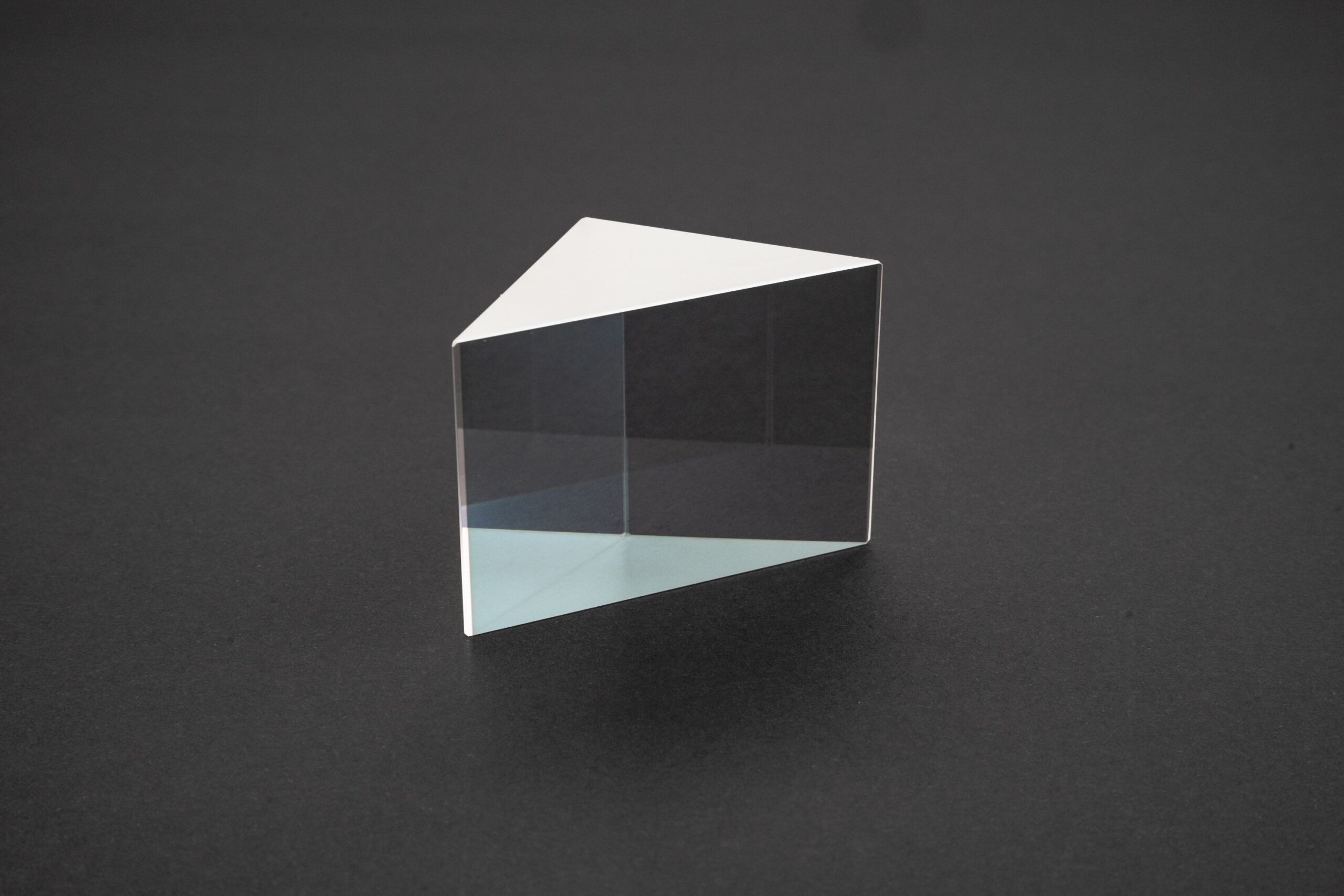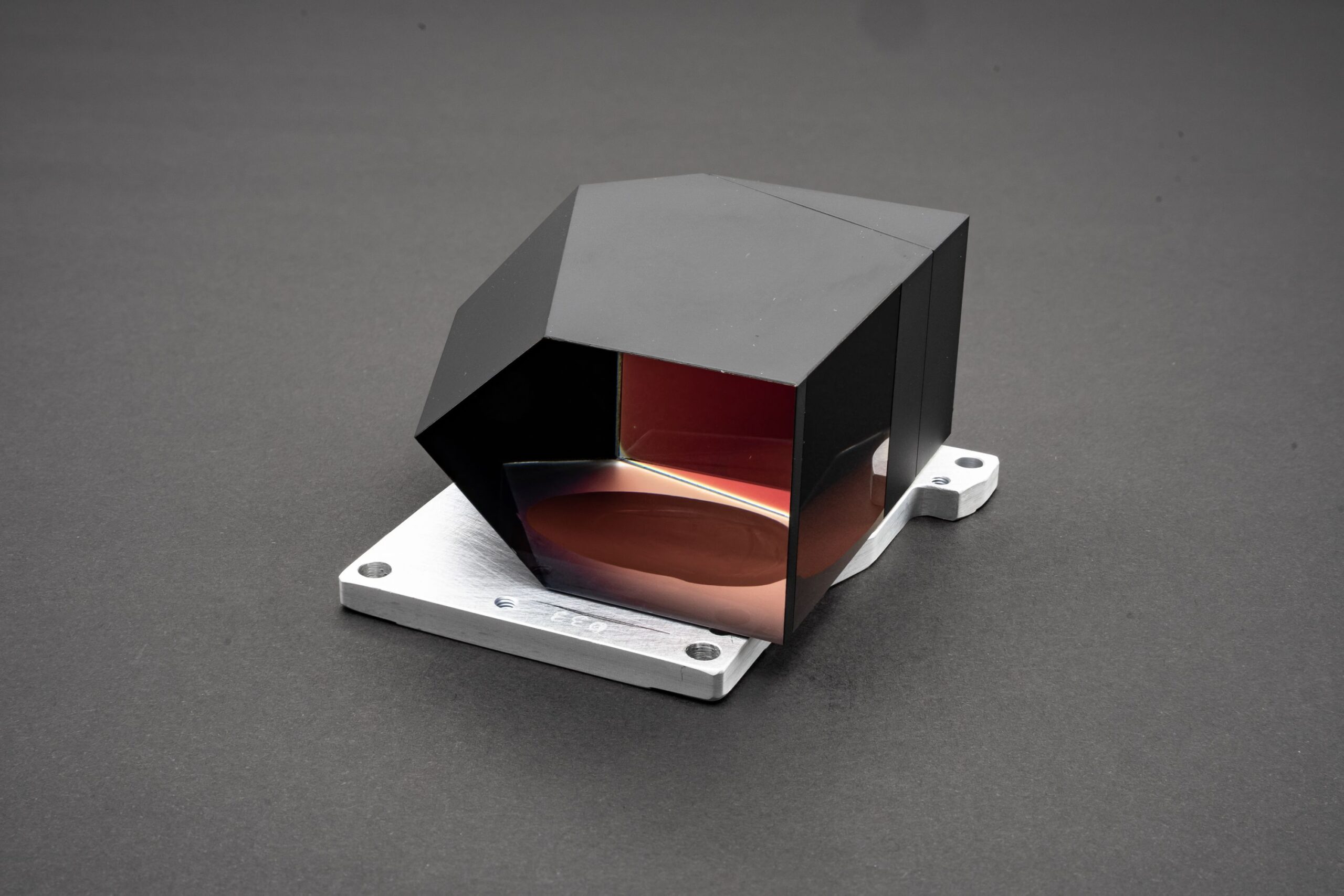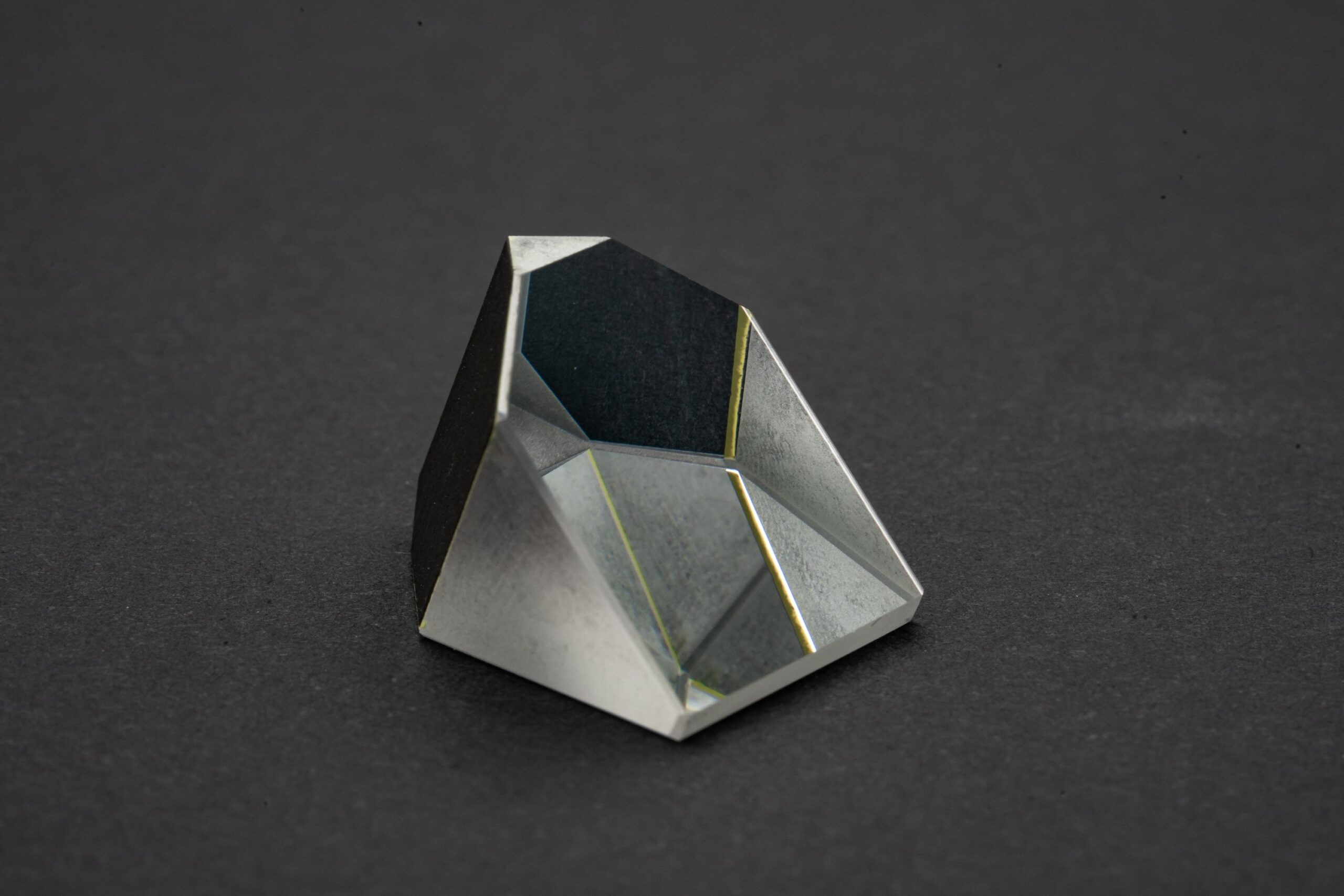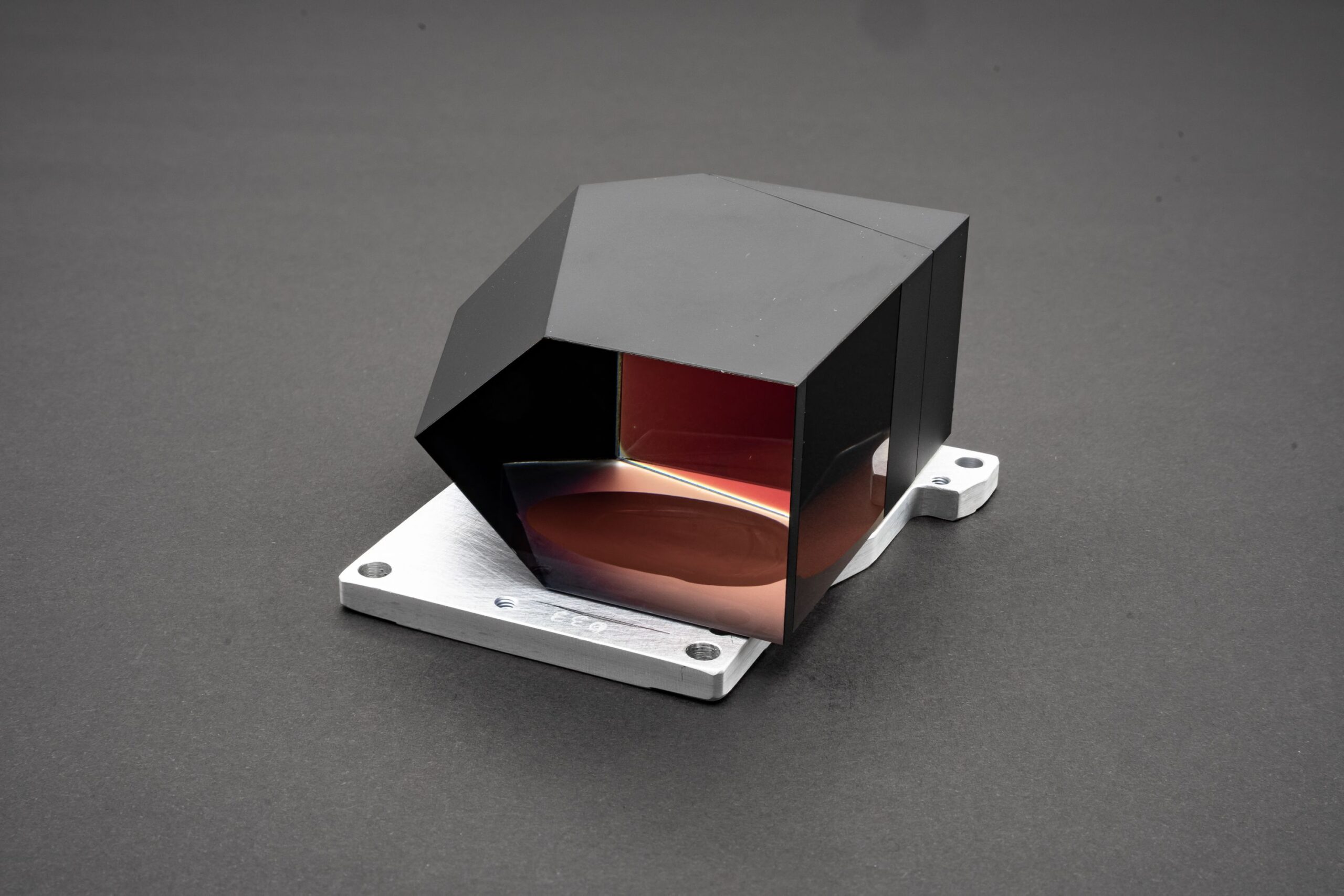Prisms







An optical prism is a solid, transparent optic with flat surfaces that refract light. Before exiting through a different surface, light enters through one surface and may be bent, diverted, or dispersed. The prism’s function is determined by the angles between these highly polished surfaces, the number of surfaces, and their positioning.
Since optical prisms bend light inside a system at a specific angle, they can be used to reflect light, flip an image, or separate light into its constituent wavelengths or polarizations. For example, Isaac Newton demonstrated that white light was nothing more than a collection of colors by dispersing a beam of white light into the entire spectrum of its component colors using a straightforward prism. Unfortunately, refractometers and spectrographs still employ the same dispersion method. However, reversing the process, optical prisms can be used to merge two optical beams into one.

Depending on how the prism is oriented and which face of the prism light enters, a right-angle prism can diverge light by 90° or 180°. All joining faces are rectangular, and the joining edges and faces are perpendicular to the base faces.
Plane mirrors can perform many of the same tasks as right-angle prisms, although prisms are simpler to mount, align, and fine-tune. In addition, it is possible to apply metal or dielectric reflective coating to the hypotenuse if it is utilized for exterior reflection.
Right-angle prisms are typically set up with one short face (leg) facing the light source. Total internal reflection causes light entering the prism to reflect off the hypotenuse at a 90-degree angle before exiting through the opposite short face. High transmission can be ensured by applying an antireflective coating to the entrance and exit faces.
The right-angle prism, also known as the Porro prism, transforms into a 180-beam retroreflector when light enters through the hypotenuse. In this design, the light will deviate 180 degrees and then move its position to pass back through the hypotenuse. As a result, Top-to-bottom images will be flipped but not left to right. In addition, the prism can be precisely adjusted to control the beam height while maintaining the azimuthal axis’ invariance.
The Porro prism is frequently used in optical viewing tools, such as telescopes, periscopes, and binoculars, to change the direction of an image. Two Porro prisms are commonly utilized for these purposes, occasionally glued together using optical cement.
An optical prism called a dove prism can spin, retroflect, or flip an image. It has the top of a triangular right-angle prism that has been truncated.
Collimated light works best with these prisms. However, these prisms will produce a significant amount of astigmatism when used with converging light since their length is nearly four times that of their height.
Dove prisms have the unique ability to rotate a light beam by virtually any angle. As a result, images going through the prism are flipped, but because there is just one reflection, they are not laterally transposed or deviated.
The propagation axis and longitudinal axis of the prism are not quite parallel, yet the high incidence angle causes the entire internal reflection of the light to be reflected from the bottom face. Therefore, we can offer metal or hydropower coatings if the hypotenuse cannot be kept clean enough for TIR.
A corner cube prism, referred to as a retroreflector, CCR, or trihedral prism, is an optical device that spatially translates an incoming light beam and returns it to its point of origin. This makes it particularly helpful for applications in spectroscopy, satellites, and military technologies, regardless of the entrance angle. In addition, corner cube prisms are employed in space vessel docking, electronic distance measurement, laser resonator cavities, and land surveying.
Three internal reflections on three surfaces of mutually orthogonal prisms are how the corner cube retroreflector functions. As a result, a parallel to the incident light’s direction reflected beam results. The prism’s precise parameters and surface orientation are the only factors limiting accuracy. A corner cube prism’s maximum level of accuracy is typically expressed as an angular deviation, for example, fewer than 3 arcseconds.

- Air gapped Prism
- Pechan Prism
- Cubes Prism
- Mounted Prism
- Penta Prism
- Wedge Prism
- Rhomboid Prism
- Roof Prisms